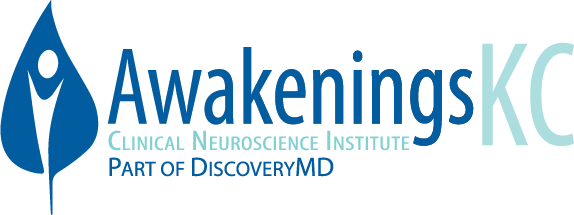Brain Stimulation as a Potential Treatment for Addiction

Brain stimulation has been in use for decades as a potential treatment for psychiatric disorders. However, its use in addiction is relatively new. Promising clinical and preclinical data suggest it could have some positive effects, although to be effective the type of stimulation and the brain areas to be targeted have to be more deeply explored.
In humans, there are currently three types of procedures used for brain stimulation:
-
Transcranial magnetic stimulation (TMS)
-
Transcranial direct current stimulation (TDCS)
-
Deep brain stimulation (DBS).
The first two methods are non-invasive procedures that deliver a stimulus across the scalp and skull, whereas deep brain stimulation requires the implantation of electrodes in the brain. Two TMS devices have been approved by the FDA to treat major depressive disorder ).
Repeated Transcranial Magnetic Stimulation (rTMS) uses a coil that generates a magnetic field that passes through the skull, inducing an electrical field that alters neuronal activity. The frequency of the rTMS stimuli can be fast (high frequency, usually 10-20 Hertz) or slow (low frequency, 1 Hertz), and the strength of the stimulus is determined by the person’s motor threshold, which is the amount of current that makes the thumb (or leg muscle) move when TMS applied to the motor strip of the brain.
Read story bellow by clicking the link:

